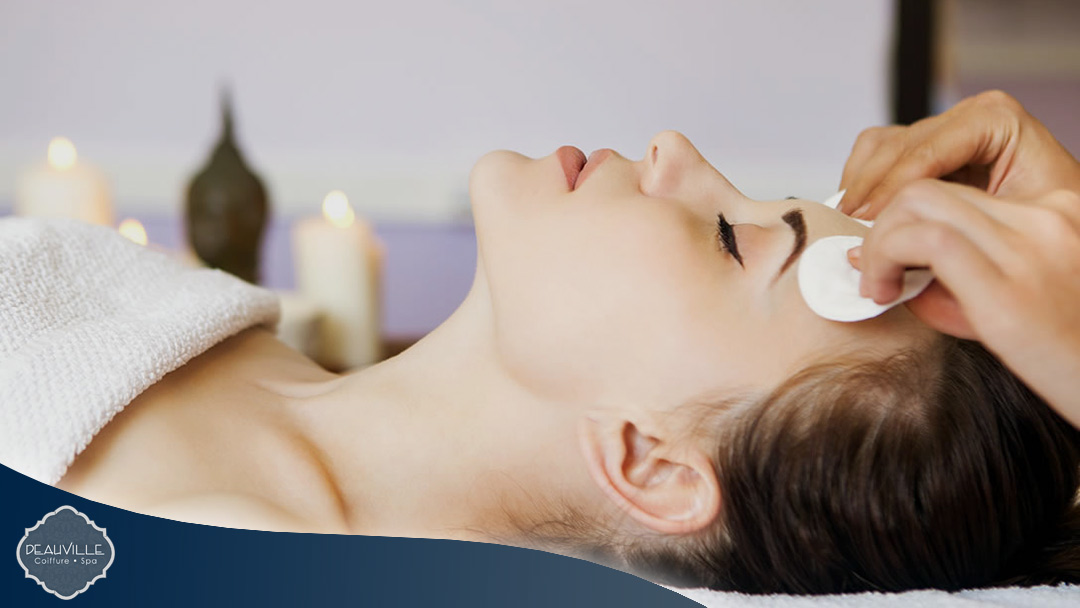Introduction:
In a world where stress seems to be an inevitable companion, finding avenues for relaxation and rejuvenation becomes paramount. Among the myriad of wellness colon hydrotherapy santa monica practices, massage stands out as a time-honored technique cherished for its ability to promote both physical and mental well-being. With roots tracing back to ancient civilizations, massage has evolved into a sophisticated practice blending therapeutic techniques with modern science. Let’s delve into the art and science behind this age-old practice and explore its profound benefits. 
The History of Massage:
Massage therapy isn’t merely a contemporary trend but has been an integral part of human culture for millennia. Its origins can be traced back to ancient civilizations such as China, Egypt, India, and Greece, where it was revered for its healing properties. From the Ayurvedic massages of India to the ancient Greek gymnasiums where athletes received massages to enhance performance, the practice has traversed through diverse cultures, each adding its unique touch.
The Art of Touch:
At its core, massage is an art form that relies on the skillful manipulation of soft tissues to promote relaxation, relieve tension, and alleviate pain. A skilled massage therapist applies various techniques such as effleurage, petrissage, friction, and tapotement, each serving a specific purpose. Through the intuitive touch of the therapist, massage transcends mere physical manipulation, fostering a deep sense of connection and trust between the practitioner and the recipient.
The Science Behind Massage:
While the artistry of massage lies in the hands of the therapist, its efficacy is rooted in science. Numerous studies have elucidated the physiological effects of massage on the body, demonstrating its ability to reduce stress hormones, lower blood pressure, and promote the release of endorphins—the body’s natural painkillers. Moreover, massage has been shown to improve circulation, enhance lymphatic drainage, and boost immune function, thereby facilitating the body’s innate healing mechanisms.
Types of Massage:
Massage therapy encompasses a diverse array of modalities, each tailored to address specific needs and preferences. From the gentle strokes of Swedish massage to the targeted pressure of deep tissue massage, there’s a style to suit every individual. Other popular modalities include aromatherapy massage, hot stone massage, Thai massage, and reflexology, each offering its unique blend of therapeutic benefits.
Beyond the Physical:
While the physical benefits of massage are undeniable, its impact extends far beyond the realm of the body. In today’s fast-paced world, where stress and anxiety have become ubiquitous, massage serves as a potent antidote, offering solace to the mind as well as the body. The rhythmic kneading of muscles, coupled with the soothing ambiance of the massage room, creates a sanctuary where worries dissipate, and inner peace reigns supreme.
Conclusion:
In an era marked by incessant hustle and bustle, the practice of massage offers a sanctuary of tranquility amidst the chaos. Combining the artful touch of the therapist with the scientific understanding of the body, massage emerges as a holistic approach to wellness—one that nourishes the body, soothes the mind, and rejuvenates the spirit. As we navigate the complexities of modern life, let us not overlook the profound healing power of this ancient practice, embracing it as a timeless ally on our journey to well-being.